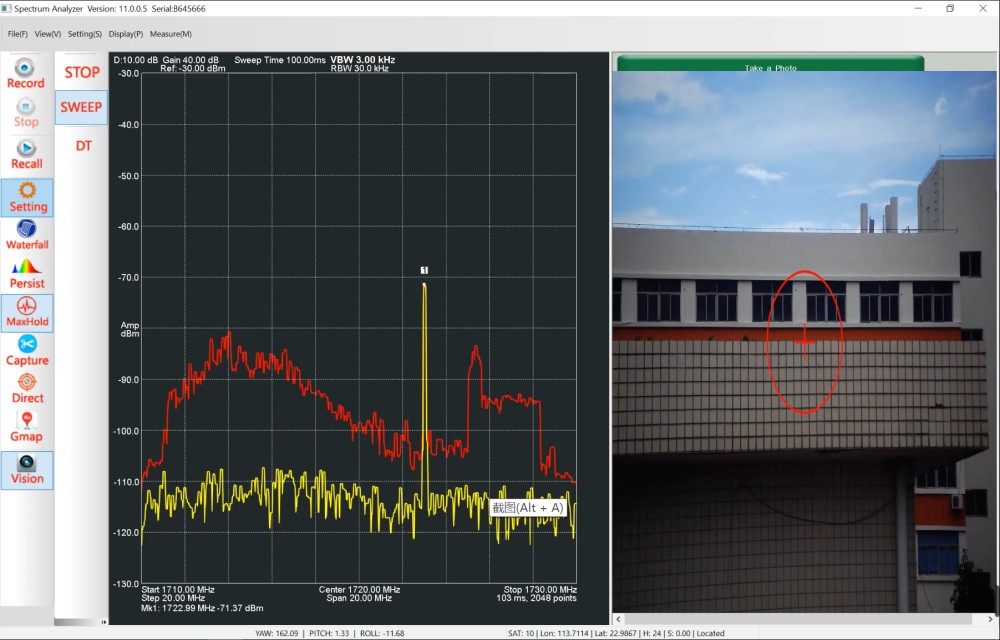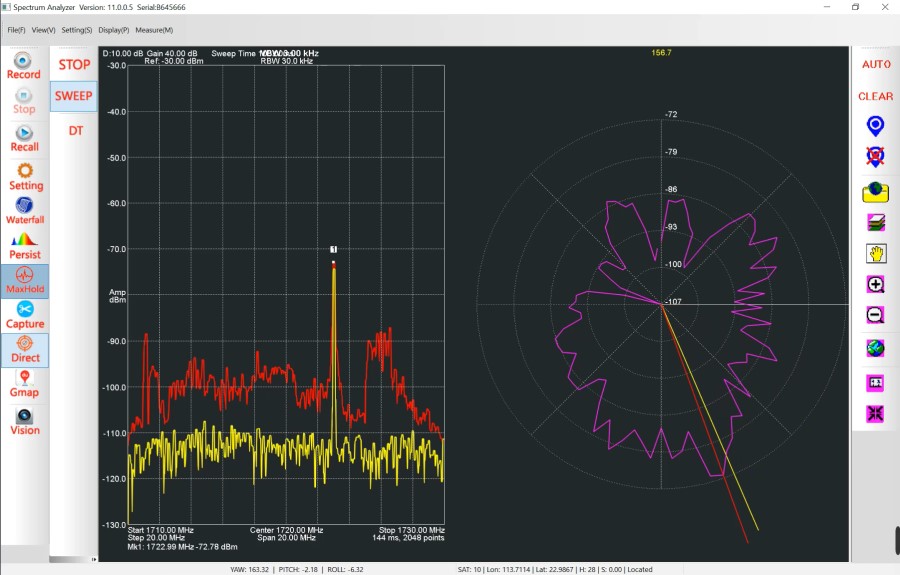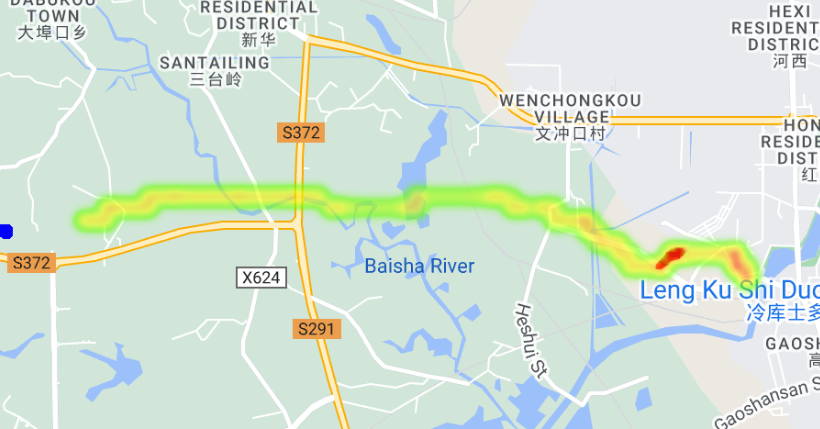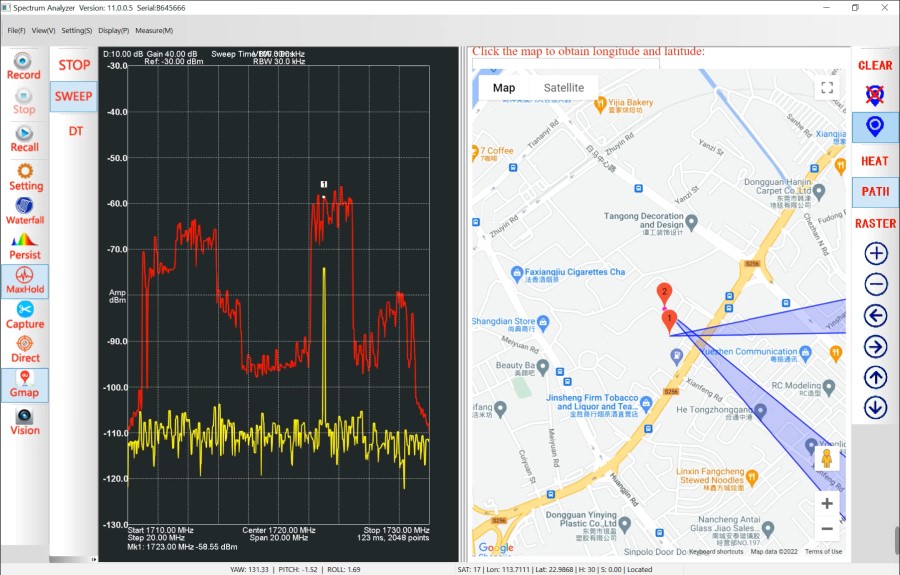Visual Spectrum Scanner-Wireless Signal Direction Finder
Product Overview
Visual Spectrum Scanner, or Visual Wireless Signal Direction Finder, is a new generation of portable wireless signal source tracking and positioning solution. With patented visualized radio direction finding technology, it can position and lock RF signals in the video frames of physical environment.
Characterized by excellent performance and easy operation, the instrument can meet the requirements of direction finding, tracking and positioning for the propagation path of continuous wave, fast pulse wireless signal source or interference signal of various communication systems and frequency bands.
Functions
1. Visual direction finding
Function description: Visual tracking of wireless signal source through visible radio wave transmission path.
The AI algorithm of the software could automatically identify the specific position of the RF signal source in the video and photos of the real scene, and lock it to the specific position of the reference object such as the actual building floor height and the plant.

2. Direction finding radar chart
Function description: Direction test of radio incidence angle in horizontal 360 degrees.
Scan in horizontal 360 degrees to capture the radar image of the incidence angle of the radio wave. The north direction is set as 0 degree. By scanning the incidence angle clockwise in 360 degrees, the radar chart of the interference source against the test location is obtained and the relative azimuth angle is calculated and displayed.

3. Signal energy heatmap
Function description: Analyze the energy distribution of the radio signal on the heatmap, and accurately identify the geographic coordinates of the interference source.

4. Path intersection positioning
Test the target RF signal direction from different locations, and precisely determine the geographic coordinate of the RF signal source from the intersection of multiple radiowave transmission parths.




